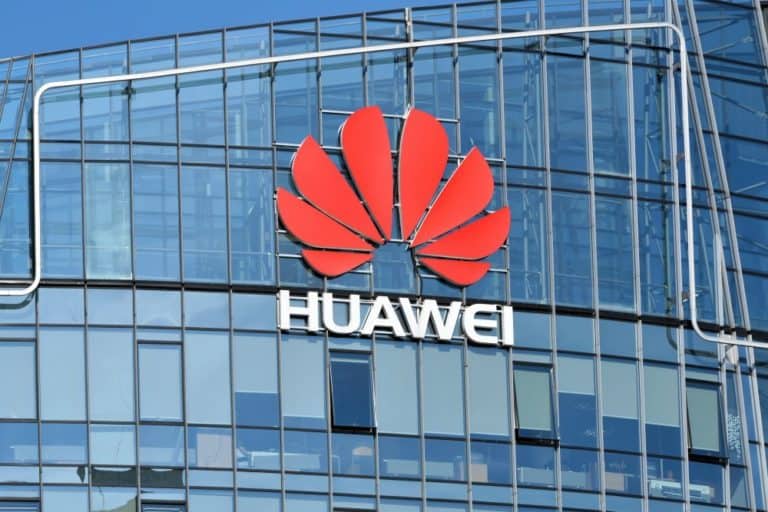Huawei says in the next five years 436 million U.S. dollars (about 391 million euros) to want to invest in the development of Arm-based server chips. The goal is to build more products than the recently launched Arm-based Kunpeng 920 chip.
The Kunpeng 920 is a 64-core chip with a clock speed of 2.6 GHz, made in the 7nm process. With the investment there should be more Kunpeng products, says Eric Xu, the chairman of Huawei, opposite The Register. That line has to control cloud and artificial intelligence (AI) workloads.
In a time of diversified computing, Huawei is working with industry partners to build a computing ecosystem around Kunpeng and provide leading IT infrastructures and applications based on the Kunpeng processors for different industries, says Xu.
Portal
Not only does Huawei want to create more processors, but it has also launched a portal to bring more customers to the new architecture. This portal contains acceleration libraries, compilers, toolchains and other things that developers need when migrating their traditional workloads to Kunpeng.
At the moment, however, it is still a strictly Chinese project. Whether this will change in the future is as yet unknown.
Huawei is already a major player in the field of chip design and development. The subsidiary HiSilicon is the largest player of integrated circuits in China and also responsible for the Kirin SoC family that are in Huawei’s smartphones.
Kunpeng 920
Huawei is already familiar with Arm for smartphones and used his knowledge earlier to make Kunpeng 920. This chipset, based on ARMv8 architecture, was launched in January this year. The chipset supports PCIe 4.0 and CCIX together with 100GbE. There is also room for 8-channel DDR4.
Arm has a major advantage in China over chips from Intel, AMD, IBM and Oracle. The silicone can be made locally on the basis of licensed designs that are not part of trade wars.
This news article was automatically translated from Dutch to give Techzine.eu a head start. All news articles after September 1, 2019 are written in native English and NOT translated. All our background stories are written in native English as well. For more information read our launch article.